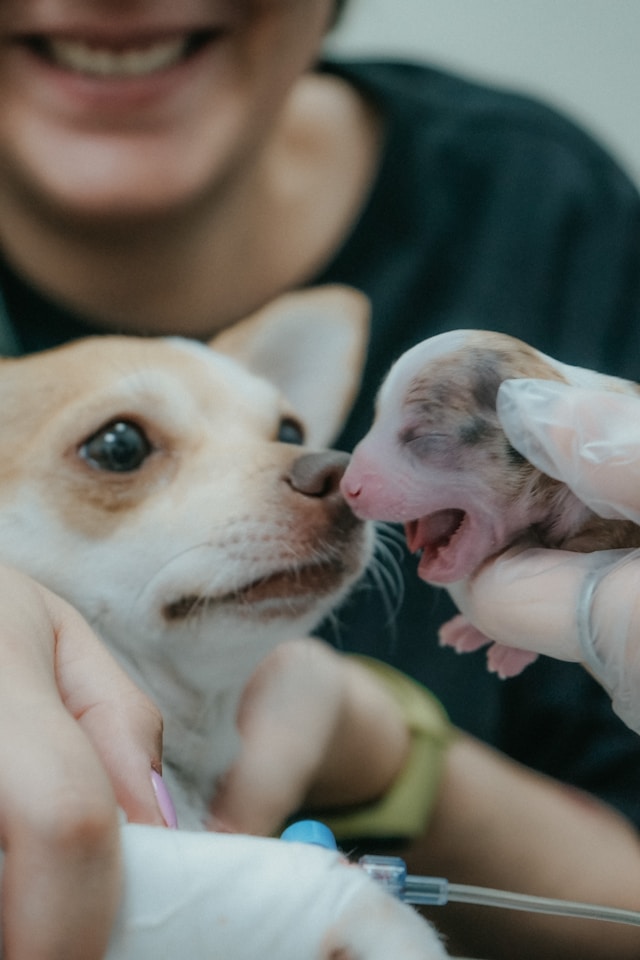All Pet Health Articles

5 Good Reasons You Should Spay or Neuter Your Pets
Spaying and neutering are common procedures that come with several health benefits for your pet. While they’re often done at a young age, there’s some debate among veterinarians about the best timing. Some recommend doing it between 4 and 6 months old to prevent hormonal changes, while others suggest waiting until after the first heat cycle (but before the pet turns one) to support bone development. The best approach depends on your pet’s breed, size, and overall health, so it’s always a good idea to discuss the timing with your vet. In the meantime, here are five great reasons to consider spaying or neutering your dog or cat.

A How To Guide For Removing Ticks From Your Pet & How To Prevent Tick Bites
Make sure to check your pet’s entire body, including their back, belly, armpits, between their toes, legs, face, and inside their ears. If you notice any unusual bumps or swelling, gently move their fur aside to see if a tick is hiding on their skin.

Flea Prevention 101
According to the American Pet Products Manufacturers Association, the average pet owner spends close to $200 on flea and tick control each year. In fact, about 70% of pet parents in the U.S. take steps to prevent flea infestations, using products like topical treatments, oral medications, flea collars, and shampoos to keep their pets protected.

Understanding Tapeworm Infections in Pets
The most common type of tapeworm found in cats and dogs is Dipylidium caninum, according to PetEducation.com. These tapeworms can grow up to eight inches long and are made up of small segments, each about 1/8 inch in size.

Signs That Your Dog Is Healthy and Happy
Besides regular vet checkups—including important tests like annual blood work, fecal exams, and urine analysis—there are clear signs that can help reassure you that your dog is happy and healthy. Here are six key indicators of good health in dogs.

Hairballs and Health in Cats
Cats often get hairballs because they groom themselves frequently. As they lick their fur, they swallow loose hairs, which can build up in their stomachs and form a ball. Most of the time, these hairballs pass through their system without any issues. However, sometimes a cat might struggle to get rid of one, causing them to cough or gag in an attempt to expel it.
Get insurance plans with wide-ranging coverage options






